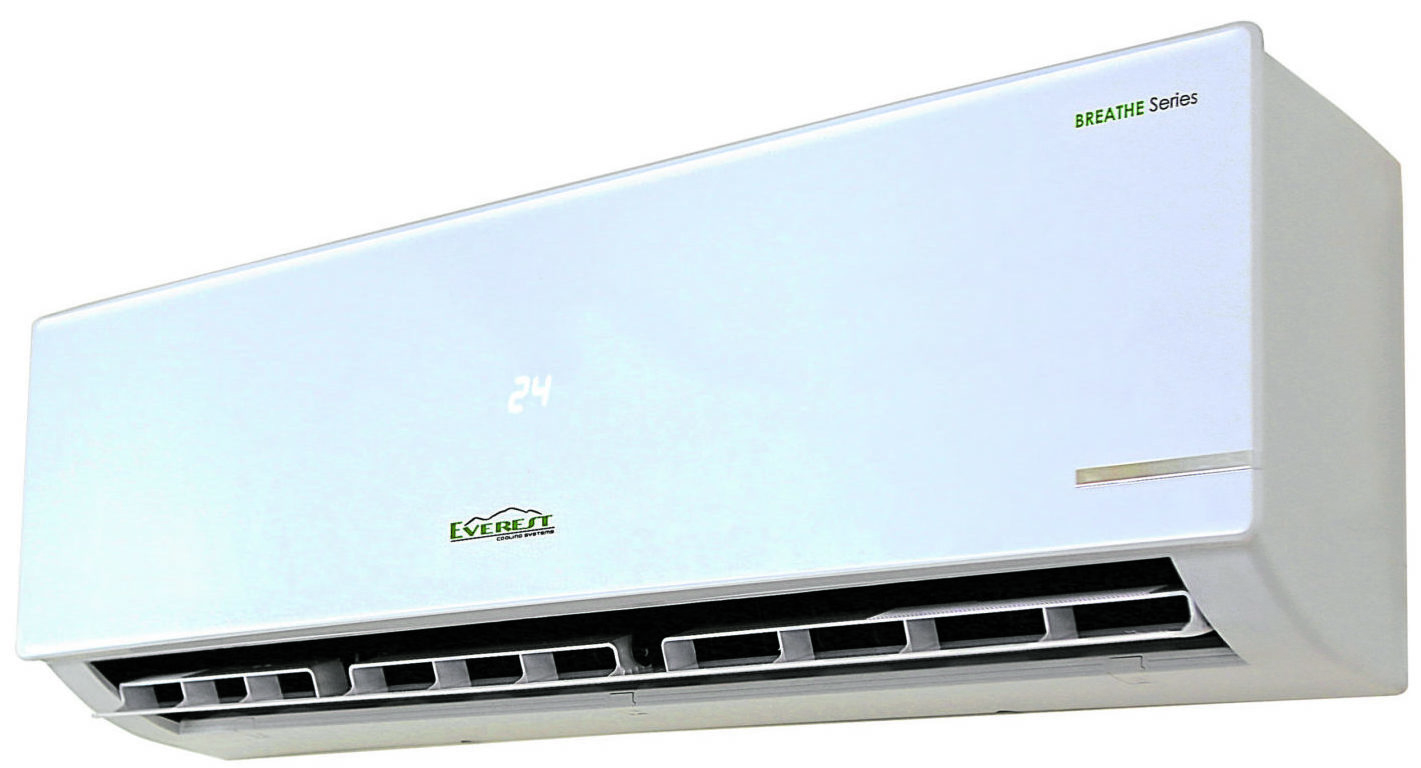Retirement either came too soon or just in time for many of the boomers, born 1946 to 1964 and Generation X born 1965 to 1976 because of the pandemic.
As more companies resort to rightsizing and cost containment, the younger millennials and Gen Zs continue to find their way into the corporate and formal sector.
Boomers and Gen Xers prospered their careers either in a rising or wealthy economy. Hence, for many, disposable income was far more aplenty and buying behavior was more lavish and ostentatious.
But the succeeding generations were faced with more trials early on in their career and life journey and the most recent one continues to be an ongoing concern.
The millennials endured tough times beginning in the Asian crisis of 1997 when East Asia’s tiger economies overextended their credit and accumulated debt unsupported by their economies, therefore affecting global trade. Back then, the oldest millennial at 23 was just starting his career.
A decade later, the financial crisis of 2007 to 2008 happened, rattling financial markets worldwide triggered by the US housing bubble and the collapse of one of the world’s biggest investment banks, Lehman Brothers. And in March 2020, the World Health Organization declared the coronavirus pandemic, an ongoing concern with major impact on health, livelihood, food systems, supply and trade restrictions, among others.
At this time, the oldest millennial in a pandemic environment should be in his 40s while the oldest Gen Z is in her mid 20s.
The turbulent reality of the two younger generations has created new buying behaviors and preferences. Still, brands that continue to make themselves relevant even among the younger generations can thrive on heritage, timelessness and a cult following across several generations of consumers.
New ways of buying
The indulgent boomers and more practical Sandwich Generation Xers were savvy and lavish brand conscious consumers.
Despite premium pricing and a smaller consumer segment, brands like Mercedes-Benz (8), BMW (11), Louis Vuitton (17), Chanel (21), Hermès (28), Gucci (32), Porsche (55), Cartier (73), Ferrari (79), Dior (83), Tiffany (94), Burberry (97) and Prada (99), to name a few, were among the top 100 Worlds Most Valuable Brands as listed in Interbrand’s 2019 report, purportedly fueled by these two generations’ purchases.
On the other hand, the millennials and Gen Zs have propagated a new world of functional technology, artificial intelligence, social media, machine learning apps, ride-sharing, online buying, digital wallets, in-apps purchases and reselling preloved brands, to name a few.
Interbrand’s 2020 brand report shows that for the first time, technology brands now occupy the Top 5 slots: Apple (1), Amazon (2), Microsoft (3), Google (4) and Samsung (5). They pushed out fast-moving consumer brand Coca-Cola from the Top 5. Other technology brands on the list are Facebook (13), Instagram (19), Netflix (41), eBay (46), Paypal (60), Spotify (70), Linkedin (90), Uber (96) and Zoom (100).
Informative, health-related and family-oriented advertising themed messages topped the kind of messages that 200 millennial and Gen Z consumers prefer, according to the MKS Post enhanced community quarantine sentiment research conducted in May 2020.
The study, with a 95 percent confidence level and +/-7-percent margin of error likewise reports social responsibility messages and witty humor as driving empathetic communication.
Despite a pandemic environment, companies responsive to the needs of consumers never fail to bring products and services that resonate well with their target market.
Everest Aircon Breathe series has the latest, breakthrough technology. It is equipped with a built in UVC sterilizer that cleanses and sanitizes circulating air in enclosed rooms and spaces killing viruses, germs, bacteria and toxic, harmful organisms. Thus, providing the assurance that safe, clean and healthy air is constantly provided the family even while indoors.
Category landscape
Marketing and brand managers must thoroughly review their category landscape as spending power pre-COVID is not comparable to spending power in a pandemic and postpandemic world. Therefore, the challenge is to make the brand’s target market buy more, buy frequently and recommend to other people as well as attract new users.
With both the exit of boomers and a great majority of the Xers from the employment world, originally multiple generation income households are down to single or double income earners.
Unfortunately with greater reliance on the millennials and Gen Zs who have just started their careers, many will struggle with a new lifestyle and new ways of buying and shopping preferences.
What can brand owners do in a pandemic and changing world?
Embrace change. Business owners must look beyond the present. Recognize that potential new consumers may not be patronizing your brand. Think of ways for consumers to take notice of your brand. It can be a new advert, new product introduction responsive to the changing times, a relevant brand story to tell, among others.
Study your market size and probable demand thoroughly. Every forecast comes with operational and product cost, salaries and wages, sales costs, etc. A realistic forecast and sustained consumer demand result in head above water outcomes.
Love your existing customers and reach out to new ones. New customers can be demographic driven or driven by need. A brand responding to an unmet need is likely to attract new consumers.
Never fail to communicate, communicate, communicate even in a pandemic world. Reach out to consumers even in a pandemic environment. A brand with an empathetic story to tell and value proposition responsive to an unmet need in a crisis environment is likely to be much more deeply memorable. —CONTRIBUTED
